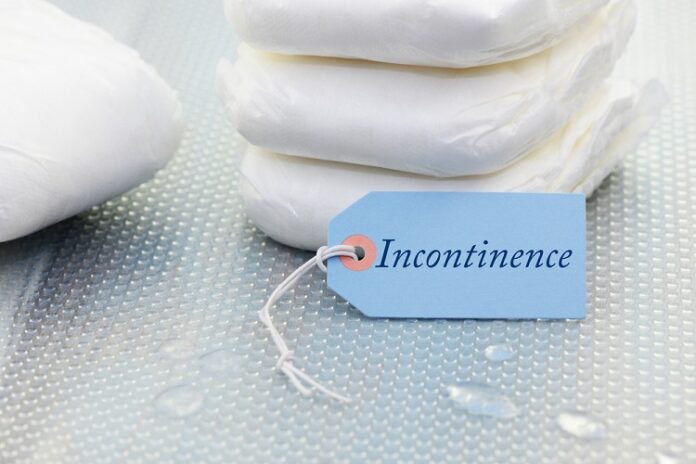Incontinence, a common condition affecting millions of individuals worldwide, can have a significant impact on one’s quality of life. Whether caused by aging, medical conditions, or other factors, managing incontinence effectively requires the right tools and products. With a wide array of incontinence products available on the market, choosing the right ones can be overwhelming. This article provides a comprehensive overview to help individuals make informed decisions and improve their comfort, confidence, and overall well-being.
Table of Contents
Understanding Incontinence Products
Incontinence products are designed to manage and control the involuntary release of urine or feces. They come in various forms to cater to different types and severities of incontinence:
- Disposable Adult Diapers: These are widely used for heavy to severe incontinence. They offer high absorbency, leak protection, and come in various sizes for a snug fit.
- Incontinence Pads and Liners: Ideal for mild to moderate incontinence, pads and liners are discreet and can be easily worn with regular underwear. They offer a less bulky alternative while providing reliable protection.
- Protective Underwear: Similar to regular underwear, protective underwear provides a higher level of comfort and dignity. They are suitable for moderate to heavy incontinence and are available in various styles and absorbency levels.
- Bed Pads and Chair Pads: These products are essential for protecting furniture and bedding from leaks. They are available in disposable and washable options, catering to different needs.
- Reusable Undergarments: Environmentally friendly and cost-effective, these undergarments are designed to be washed and reused. They are available in various styles, including briefs, panties, and pull-on options.
Factors to Consider
Choosing the right incontinence product depends on several factors:
- Type and Severity of Incontinence: Different products are designed to manage different levels of incontinence. Consider whether you experience light, moderate, or heavy leaks, as this will determine the appropriate absorbency level.
- Comfort and Fit: Comfort is crucial for daily wear. Ensure that the product fits well, prevents leaks, and doesn’t cause discomfort or irritation.
- Lifestyle and Activity Level: Consider your daily activities. If you’re active, opt for products with secure fasteners or adhesive backing to prevent shifting during movement.
- Discretion: Some individuals prefer discreet options that are less noticeable under clothing. In such cases, pads and liners might be a better choice.
- Skin Health: Skin can become sensitive due to prolonged exposure to moisture. Choose products with skin-friendly materials that wick away moisture and reduce the risk of irritation and rashes.
- Budget: Incontinence products vary in cost. While disposable options are convenient, reusable products might be more budget-friendly in the long run.
- Environmental Impact: If environmental concerns are a priority, explore reusable products or eco-friendly disposable options.
Consulting Healthcare Professionals
It’s advisable to consult a healthcare professional, such as a doctor or a nurse, before making a decision about incontinence products. They can provide personalised recommendations based on your specific needs and medical history. They can also help identify any underlying conditions that may contribute to incontinence, enabling a more holistic approach to management.
Trial and Error
Choosing the right incontinence product might involve a degree of trial and error. Different brands and styles may suit your needs better than others. Many manufacturers offer sample packs, allowing you to try different products without committing to a larger quantity.
Conclusion
Managing incontinence can be a challenging journey, but the availability of a wide range of incontinence products can significantly improve the quality of life for those affected. By considering factors such as the type and severity of incontinence, comfort, lifestyle, and budget, individuals can make informed choices that promote comfort, dignity, and confidence. Consulting healthcare professionals and being open to trial and error are essential steps in finding the right incontinence products that suit individual needs and preferences. With the right products in hand, individuals can regain control over their lives and continue to engage in activities they love without the fear of leaks or discomfort.









